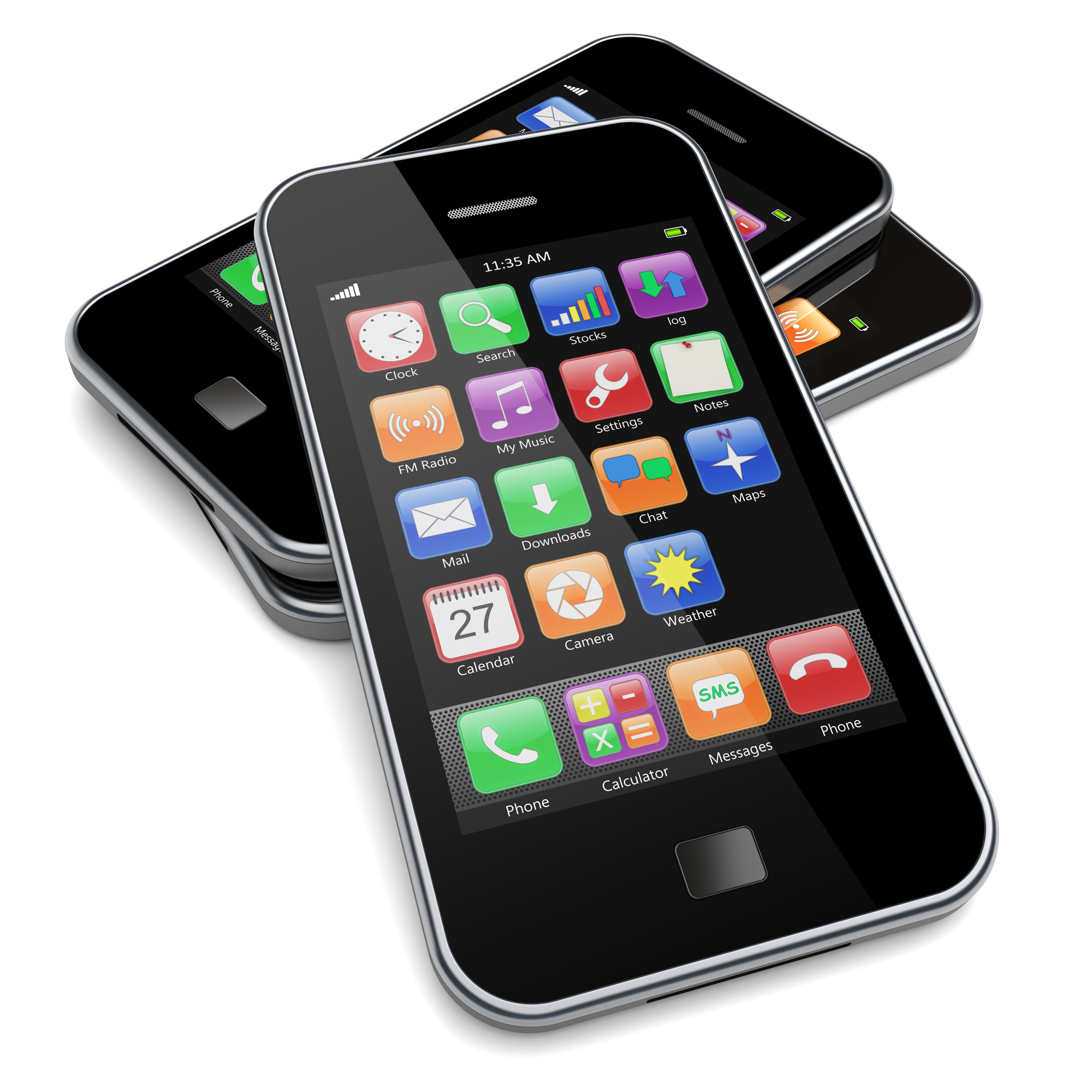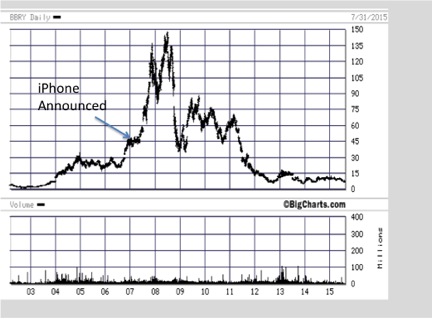What Is The Real Truth About Creating Killer Products?

“You just go visit customers. They’ll tell you what to do,” the job candidate said to me.
Do you want to grow your business? Maybe I can help. Click here.
Read any trade publication, listen to an earnings call, or listen to any podcast. You’ll hear the same advice: “Listen to your customers. They’ll tell you what to do.”
If only it was that easy.
It isn’t.
I know a little bit about defining, developing, introducing, and marketing new products. I’ve been involved in hundreds - maybe a thousand - of new product launches in my career.
The combined revenue of the products I’ve launched is well over $1 billion.
Some were amongst the most successful in my industry.
And some were the biggest flops in my industry.
Did we talk to customers?
Of course we did. We religiously talked to customers.
And that feedback is very valuable. It’s especially valuable for product extensions. Product extensions are products where you're making minor feature changes from the original product.
However, we’re talking killer products here. We’re talking iPhone-type Killer Products. We’re talking Google search-type Killer Products.
In other words, we’re talking about game-changing products. The kind where the world isn’t the same after their release.
They exist in every category of product ever created. And they should be every entrepreneur’s goal.
Killer Products can be:
- A physical product like the iPhone, or
- A game changing service like Google search, or
- YOU!
That’s why it’s important for everyone to understand the dynamics of Killer Products.
How do you create Killer Products?
Killer Products are created by knowing what your customers want before they know they want it.
You can almost hear the Blackberry product managers in 2007 saying to each other, “Let Apple have the consumer market. We’ve got the business market. And our product is the best for business.”
Sure it was.
Blackberry had better security.
Blackberry’s keyboard was better than Apple’s.
And Apple won.
Why?
Apple’s security was good enough for consumers.
Apple’s keyboard was good enough for consumers.
And because…
- Apple’s internet browser was a game changer.
- Apple’s iPod incorporated into the phone was a game changer.
- Apple’s App Store incorporated into the phone was a game changer.
Remember the original iPhone commercials?
https://www.youtube.com/watch?v=6Bvfs4ai5XU
But it went beyond just the browser, iPod, and App Store. It was the email. It was the voicemail. It was a lot of things.
And it looked beautiful compared to a Blackberry.
You can watch Steve Jobs introduction of the iPhone here:
https://www.youtube.com/watch?v=vN4U5FqrOdQ
What’s amazing is that Blackberry’s (then RIM) stock went UP after the iPhone launch. In fact, not only did Blackberry stock go up, it tripled!
There’s no better example of what a Killer Product can do: kill the competition.
Successfully defining Killer Products relies on your doing the following:
- Know what’s possible.
- Push beyond what’s possible.
- Focus and sacrifice, and…
I know I’m repeating myself, but it’s knowing what your customers want before they know it.
I know. I know.
None of us are Steve Jobs.
And that brings us to the real truth behind defining killer products:
Defining Killer Products relies on intuition and insight.
I’d love to give you one of those, “Here are the ten things you need to do define Killer Products” blog posts we’ve all come to love.
I can’t do that.
It doesn’t exist.
However, I can give you some tips. So here they are:
A. It’s all in the interpretation of the data.
In other words what are customers really telling you when you ask them questions? Because…
B. Customers tell you what they think is possible, not what you know is possible.
That’s such a huge difference! Imagine if Apple had polled customers about developing a new phone. They would have heard things like:
“I hate having to pull the battery pack to reboot my Blackberry. Can you fix that?”
Apple would have ended up with an improved Blackberry, and Blackberry’s stock would still be at $135 or higher.
Many companies insist on “customer validation” before sanctioning a new product launch. Remember, customers would have given you validation of an improved Blackberry.
Doing exactly what your customers want can get you killed:
You have to be thinking, “How can we be ten times better than the competition?” You have seven seconds to make an impression. It has to be instantly obvious to your customer why they have no other choice to use your product.
If you can't make it instantly obvious why you're better than the competition, then the customer will just move on.
For startups the rule might be 100X better than the competition.
We released close to 100 new products at my last company. Everything from “me too” copies, to products that had products that were maybe 30% better than the competition, to products that were off the charts better than the competition:
The products that were 10X better or more than the competition were the big sellers.
It was instantly obvious to our customers why they had no choice but to buy our products.
What about MVP’s?
Minimum Viable Products are all the rage right now. The idea being to get to market quickly with something simple, and then iterate based on what your customers tell you
That’s fine.
But remember whatever the MVP is needs to be off the charts better than what’s in the market!
Think about it.
You need to stand out:
- You need to be 100X better than your competitors.
- The MVP has to be 100X better than your competitors.
Clayton Christenson’s masterpiece, The Innovator's Dilemma dramatizes how MVPs can work:
A. Usually the first generation product has a flaw(s) versus the competition, but…
B. That flaw is not that important to an emerging market segment, so…
C. Your product can gain traction in the emerging segment, while…
D. Making improvement in the imperfections, until…
E. You dominate the whole market!
You know you have a killer product when customers use your product DESPITE its flaws.
Let’s go back to the iPhone:
- Consumers (a market segment Blackberry didn’t focus on) loved the iPhone, but…
- Business customers loved the Blackberry because of the keyboard and its security features, until…
- The iPhone’s keyboard and security features became “good enough” to business customers, and then…
- Apple owned the smart phone market.
Blackberry didn’t react until it was too late.
Here’s another characteristic of killer products: lethargic competitors. That’s the ideal scenario for a company, especially a startup trying to enter the market.
How to brand yourself like a Killer Product
Let’s say you’re the Killer Product. Start by thinking of yourself like a Killer Product.
You need to position yourself and the service you are providing as 100X better than anything else. In other words how are you unique in a meaningful way, and…
You need to do it quickly because you only have seven seconds to make a first impression.
Always be asking yourself, “How can be I unique? How can I stand out?”
Just keep pushing yourself because the more you stand out the better success you will have.
Killer Product Ideas can come from anyone at any time.
You want to encourage everyone you work with to participate in product brainstorming meetings. Here’s how I like doing it:
A. Set the tone.
You as the leader set the tone for your team. You want everyone to understand that there is no such thing as a bad idea, so…
B. Make sure everyone knows the ground rules.
Negativity can’t be allowed, and…
C. Encourage any idea anyone might have even if it isn’t fully formulated.
This is really important because even if the idea isn’t well thought out…
D. One idea leads to a better idea.
You’re brainstorming. I’ve seen Killer Products come from the kernel of another idea, so…
E. Keep a list of the ideas.
You want to revisit ideas from time to time, and…
F. Make sure to provide closure.
Let everyone know what ideas you are going forward with and the ideas you are not going forward with, and remember…
G. The goal is generating Killer Products and building excitement and momentum.
Done right, you will have an unbelievably motivated team.
Killer Product brainstorming meetings can be the most fun you have!
They were (and are) my favorite meetings.
So go for it! Have fun! Experiment with what works for you.
And don’t stop until your product is 100X better than the competition and your customers just can’t get enough.
